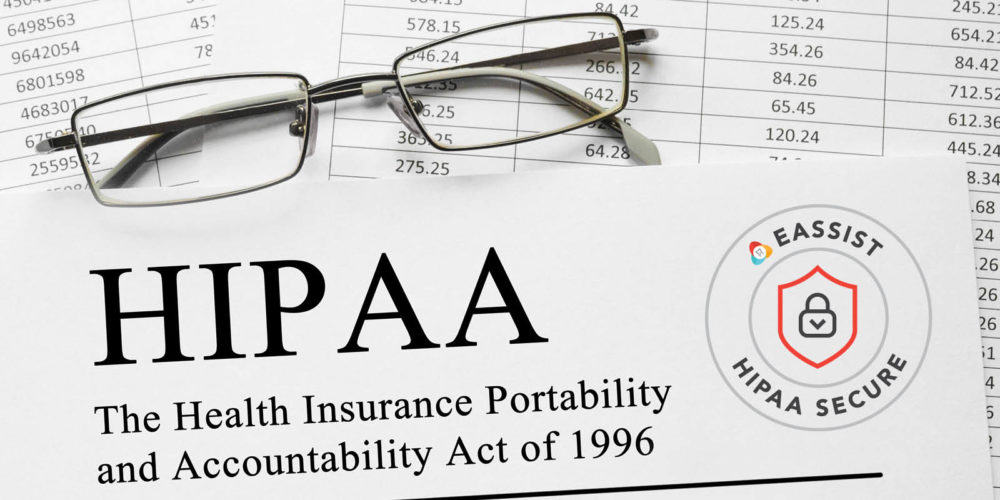What’s in a Point of Service (POS) Plan?
People can choose from a variety of health and dental insurance plans. Some of these plans include HMO and PPO plans. Both of these plans have their caveats and benefits. For instance, people in HMOs pay cheaper premiums, but they have to remain in-network (“Pros and Cons of POS Health Insurance” 2018). Meanwhile, people in PPOs pay higher premiums, but they can visit their preferred doctors outside of their plan’s network for less coverage (“Pros and Cons of POS Health Insurance” 2018). Alternatively, instead of enrolling into those plans, people can enroll into Point of Service (POS) plans.
POS plans have their own caveats, but they can benefit people in different ways. Particularly, POS policies contain terms and conditions similar to those in HMOs and PPOs (“Point of Service Insurance Plans”). For instance, beneficiaries in both POS and HMO health insurance policies usually need to visit a primary care physician (PCP), who would refer them to any specialists in their policies’ network (“Point of Service Insurance Plans”). In some POS policies, beneficiaries usually do not have to pay a deductible for procedures performed by a PCP, “and preventive care benefits are usually included” (“Point of Service Insurance Plans”). Unlike an HMO health plan, POS health plans allow beneficiaries to visit out-of-network providers for less coverage, so POS plans are similar to PPO plans in this respect; however, people must still pay “co-payments, coinsurance and an annual deductible” (“Point of Service Insurance Plans”). People in POS policies may be responsible for high deductibles when visiting out-of-network providers, “so patients who use out-of-network services will pay the full cost of care out of pocket until they reach the plan’s deductible” (“Point-of-Service Plan (POS)” 2018). Fortunately, when a PCP refers the patient to an out-of-network specialist, “the POS plan will pay more toward an out-of-network service…” (“Point-of-Service Plan (POS)” 2018). Also, beneficiaries can take advantage of POS plans’ “nationwide coverage” in order to receive benefits for visiting physicians in other places (“Point-of-Service Plan (POS)” 2018). Furthermore, premiums for POS plans are usually lower than premiums for PPOs, but premiums for POS plans are usually higher than premiums for HMOs (“Point-of-Service Plan (POS)” 2018). Like POS health plans, POS dental plans also allow beneficiaries to visit out-of-network dental providers (“Types of Dental Plans”). When people visit those providers, people are still responsible for their “deductible, co-insurance, usual and customary fees, and benefit limitations” (Schaake). POS dental plans can reimburse their beneficiaries “based on a low table of allowances; with significantly reduced benefits than if the patient had selected an ‘in network’ provider” (“Types of Dental Plans”).
POS plans represent another option for people that want certain benefits from their insurance. Although POS plans cost more than HMO plans, POS plans can benefit those who want to visit out-of-network providers and to pay less in POS plans than in PPO plans (“Point-of-Service Plan (POS)” 2018).
Works Cited



0 Comments